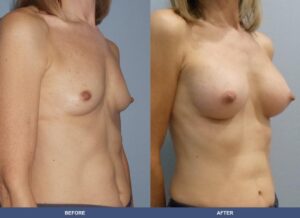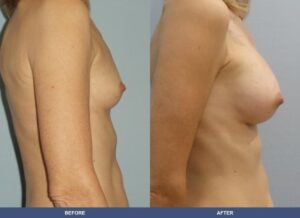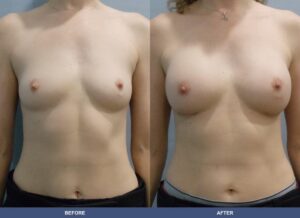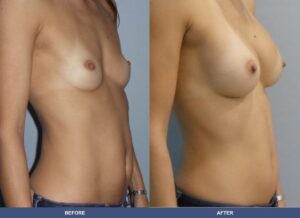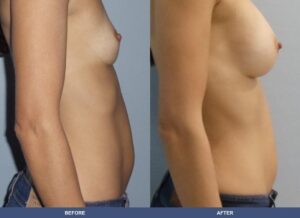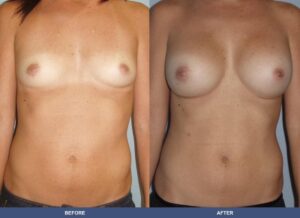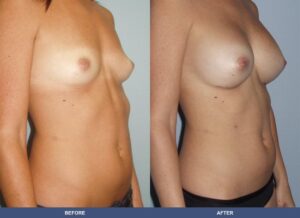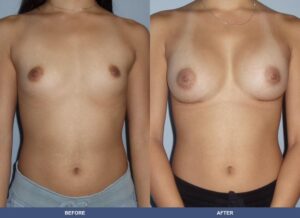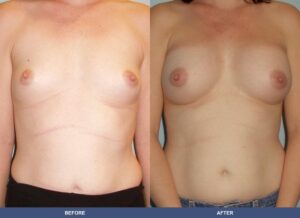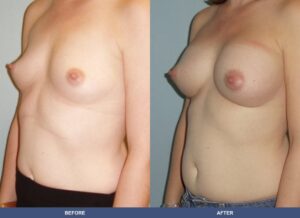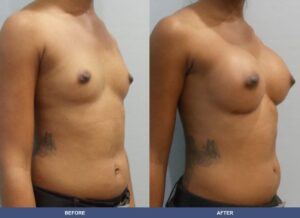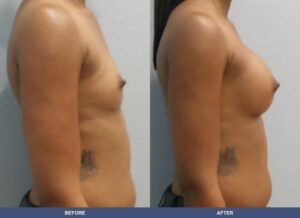Liposuction, also called lipoplasty, is a surgical procedure that removes deposits of excess fat from specific areas of the body, face, or neck. Liposuction can be used to slim the hips and thighs, flatten the abdomen, shape the calves and ankles or eliminate a double chin.
Who Is A Candidate For Liposuction?
Liposuction is performed on adults of all ages. The typical patient is a male or female between the ages of 20 and 50. Patients who have areas on their body with an excess of fat, somewhat out of proportion to the rest of the body, are good candidates. People who are significantly overweight are not good candidates for liposuction. Most patients are healthy and exercise regularly but cannot lose fat in certain areas of their body regardless of how much they exercise. In men, the most common areas are the abdomen and “love handles”.
In women, the inner and outer thighs, including the “saddlebags”, are very common areas to have treated. People of almost any age may undergo liposuction; however, patients with good skin elasticity will achieve the smoothest contour after the fat is removed. You may be a good candidate for liposuction if you desire fat removal or contouring in any of the following areas:
- Cheeks, chin and neck
- Upper arms
- Breast or chest area
- Back
- Abdomen and waist
- Hips and Buttocks
- Thighs
- Inner knee
- Calves and ankles
How Is Liposuction Performed?
To perform liposuction, one or more small incisions are made near the area to be suctioned. Whenever possible, incisions are placed within natural folds or contour lines of the skin. The fatty areas are injected with fluid containing lidocaine and epinephrine. This anesthetizes the area to be treated and minimizes blood loss. Dr. Wigoda then places a slim, hollow tube called a cannula through the incision so that its tip penetrates the underlying fat. The cannula is then connected by flexible tubing to a suction pump. Dr. Wigoda then moves the cannula back and forth through the fat, which is vacuumed into the tube. The surgery can be performed under sedation with the patient awake but sleepy, or under general anesthesia.
Ultrasound-assisted liposuction is also available. The ultrasound causes fat cells to burst, essentially making the fat melt away. Ultrasound is an excellent technique to use in certain patients. Ultrasound-assisted liposuction is a relatively new device that allows the procedure to be performed more quickly and with less trauma to the tissues. This results in a faster recovery with less pain and bruising. The cannula essentially glides through the fat with minimal effort, allowing Dr. Wigoda to remove more fat in less time and with less injury to the tissues. For frequently asked questions about this procedure click here Watch Dr. Wigoda’s video on liposuction tips for more information.








